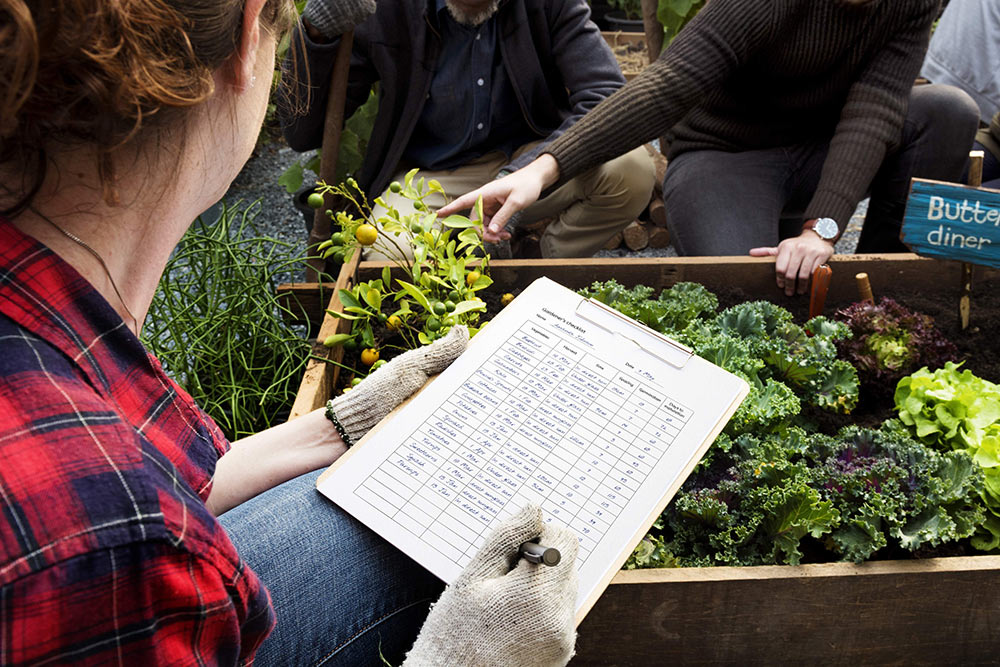 Although the process for application to become a Centre of Expertise is open throughout the year, the UK Government has taken a decision to announce a formal call for new applications once a year.
Although the process for application to become a Centre of Expertise is open throughout the year, the UK Government has taken a decision to announce a formal call for new applications once a year.
If you think your laboratory can fulfil the AMWG criteria for a Centre of Expertise then please complete a self-assessment evidence proforma, providing evidence of your capabilities, and return to CoE@foodauthenticity.uk by 31 March 2020.
Your application will be processed and discussed with the Department for Environment, Food and Rural Affairs (Defra), and you will be notified of the outcome by the end of May 2020.
Benefits of being a Food Authenticity Centre of Expertise
- Recognition of your organisation’s food authenticity testing expertise
- Posters of Centres of Expertise are placed on the Food Authenticity Network website
- Centres of Expertise are featured in Food Authenticity Network newsletters
- Centres of Expertise have the opportunity to:
- Potentially contribute to the resolution of future incidents of national / international importance
- Support UK food authenticity testing capability by offering analysts advice
- Work with the Food Authenticity Network & its members (>1,500 members from 67 different countries / territories and in 2019, >12,000 users accessed the website)
- Work with other Food Authenticity Centres of Expertise.
Background
Following the Elliott review in 2013-14, the UK Government set up the Food Authenticity Network to help bring those involved in food authenticity testing together in a more coordinated way. The Network raises awareness of the range of methods / techniques used to check for mislabelling and food fraud and to ensure that the UK has access to a resilient network of laboratories providing fit for purpose testing to check for food authenticity so that ultimately, consumers can have greater confidence in the food they buy.
Recognising that no one organisation will be equipped with all the necessary expertise in all methods / techniques used in food authenticity testing, and across all of the food commodities, Professor Elliot’s review also proposed the creation of “Centres of Excellence” to cover the different disciplines and techniques involved.
The UK Government’s Authenticity Methods Working Group (AMWG) produced a number of criteria which outlined the type of qualities an organisation offering a particular expertise might be expected to demonstrate to become a ‘Centre of Expertise’. There is an expectation that such organisations should be prepared to engage with and offer support to others in their areas of expertise both within the Network and more widely if required.
In 2015, the UK Government invited organisations working in the food authenticity testing field to consider if they had the expertise, capability and experience expected of a Centre of Expertise and through this process, acknowledged fourteen organisations as Food Authenticity Centres of Expertise.
